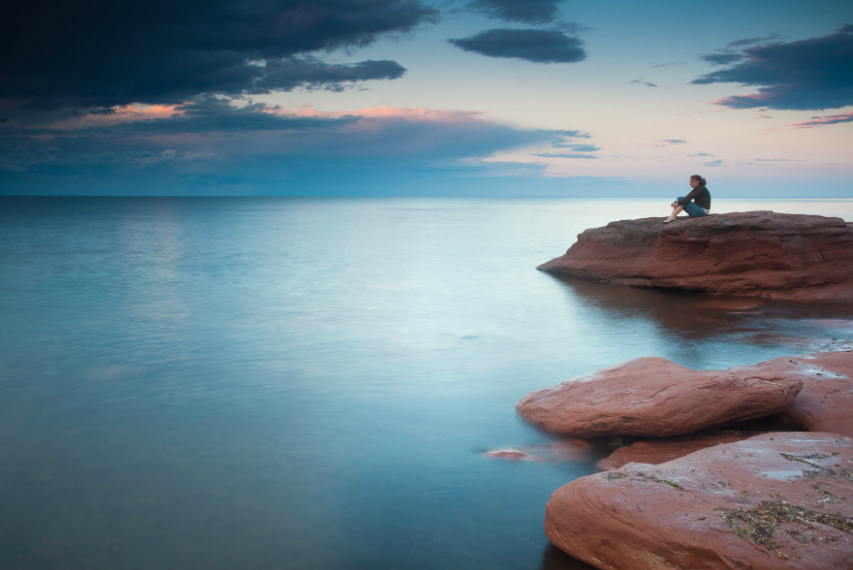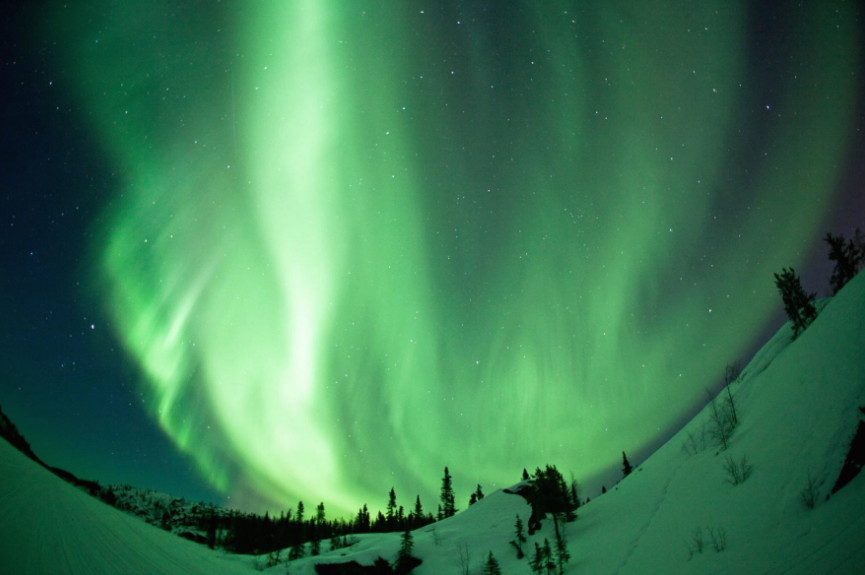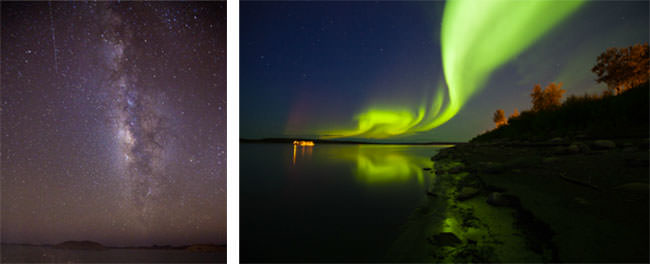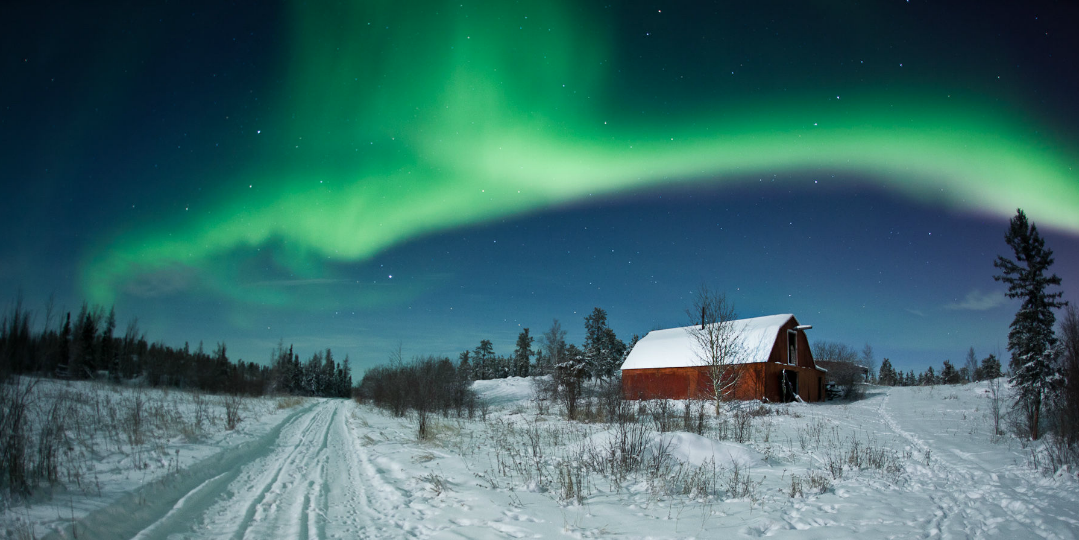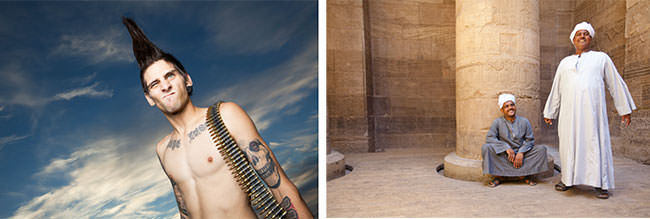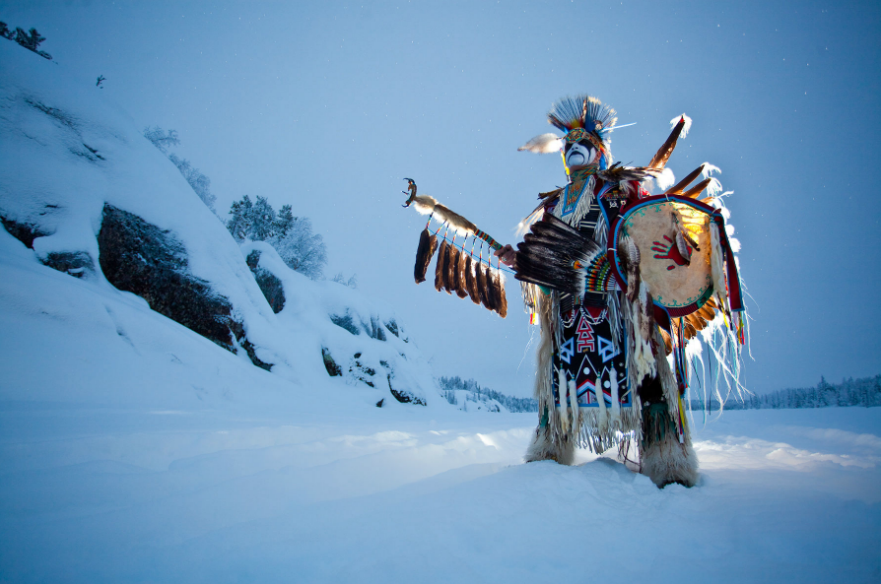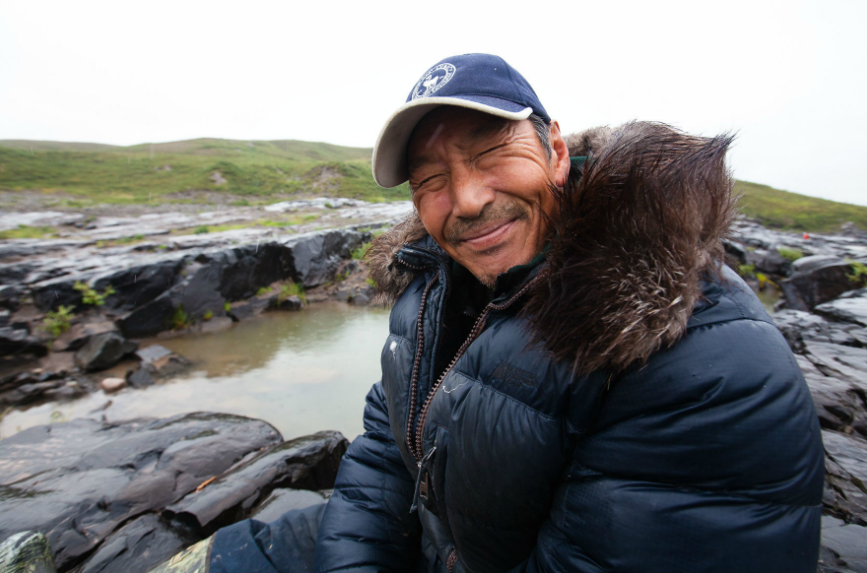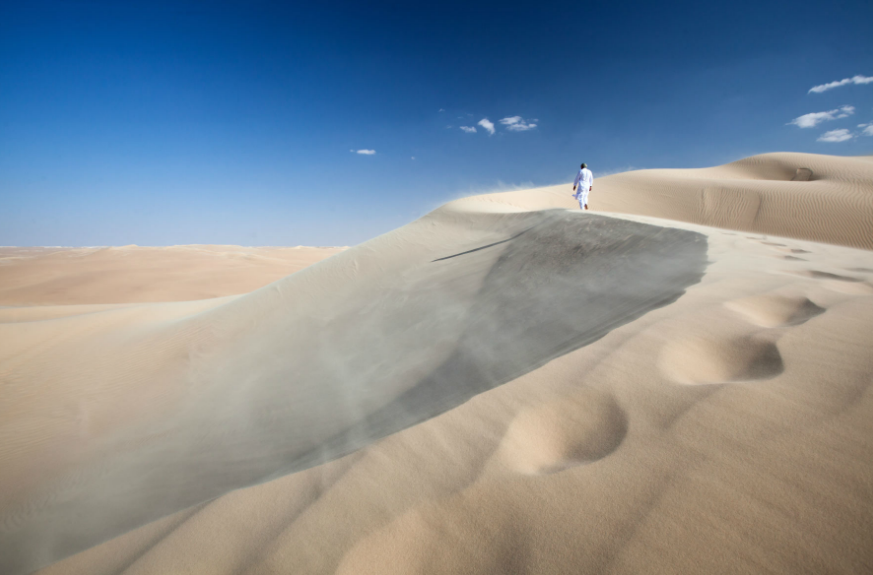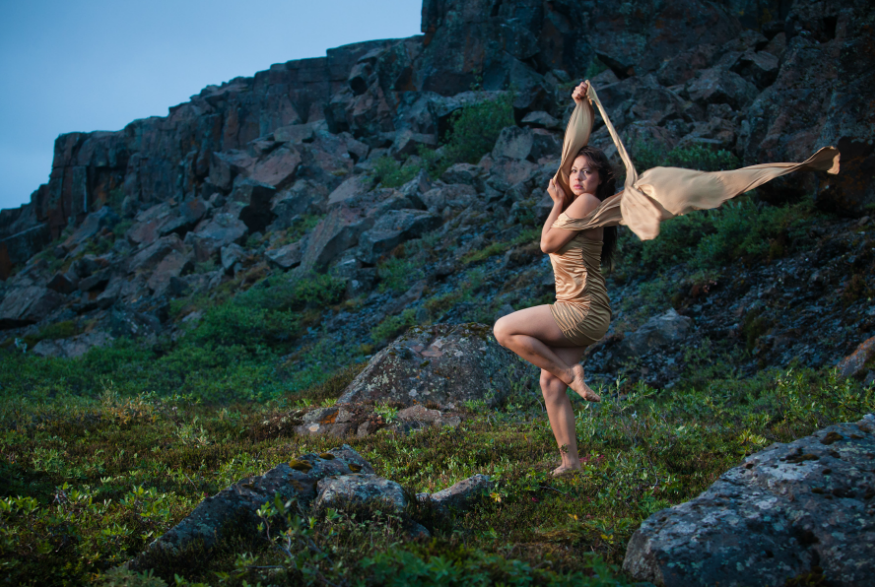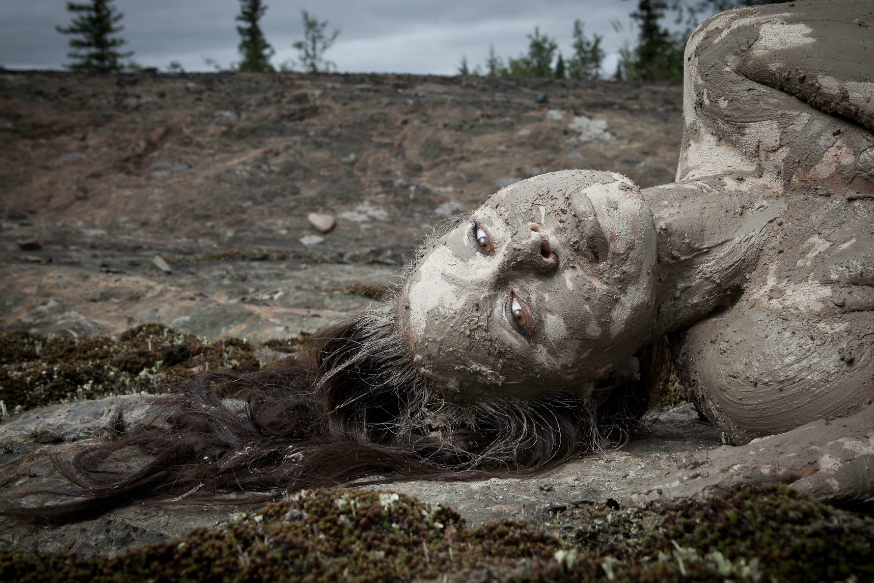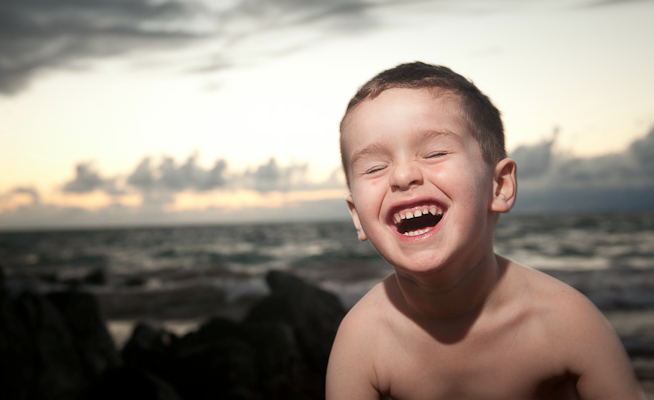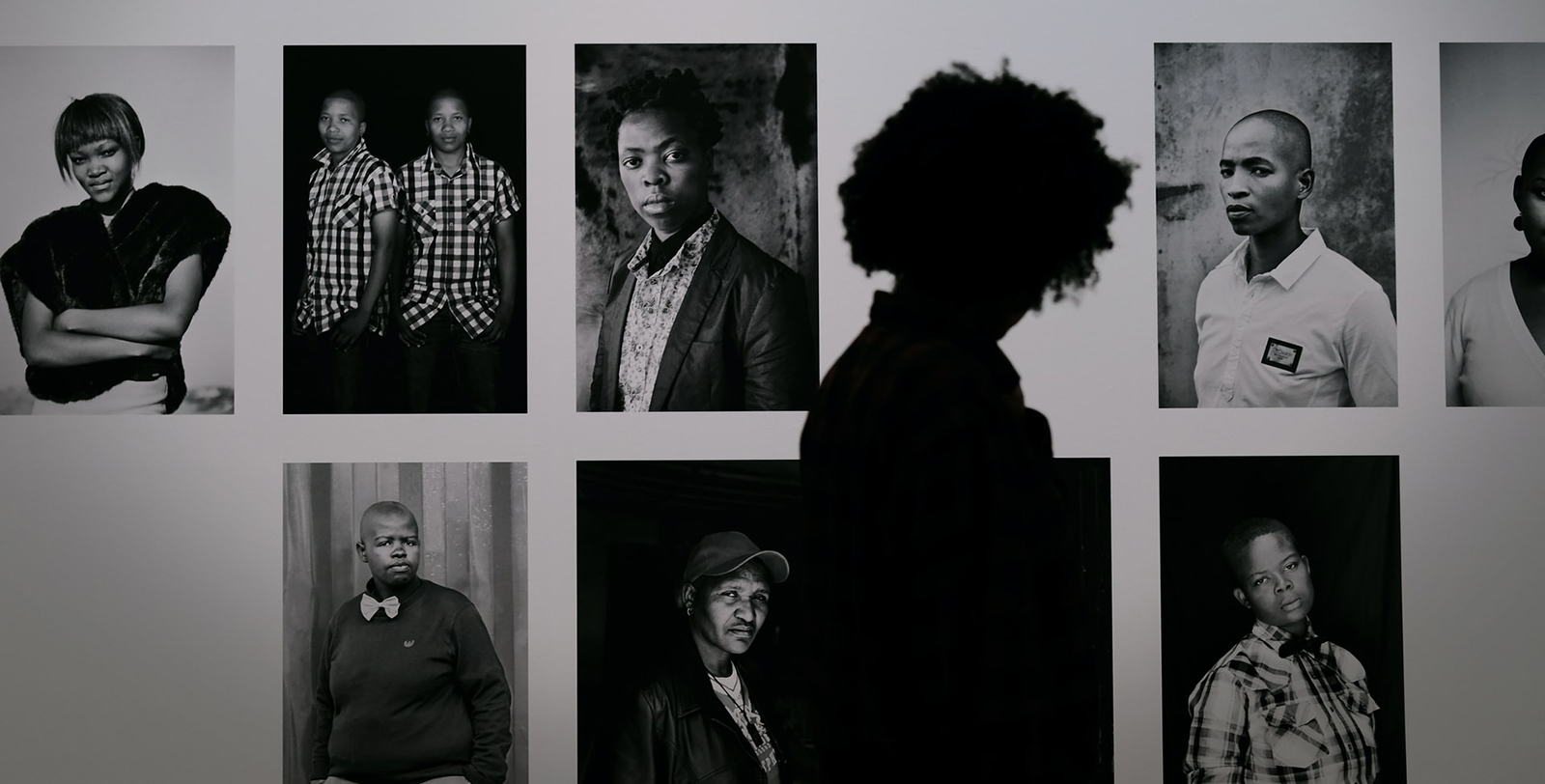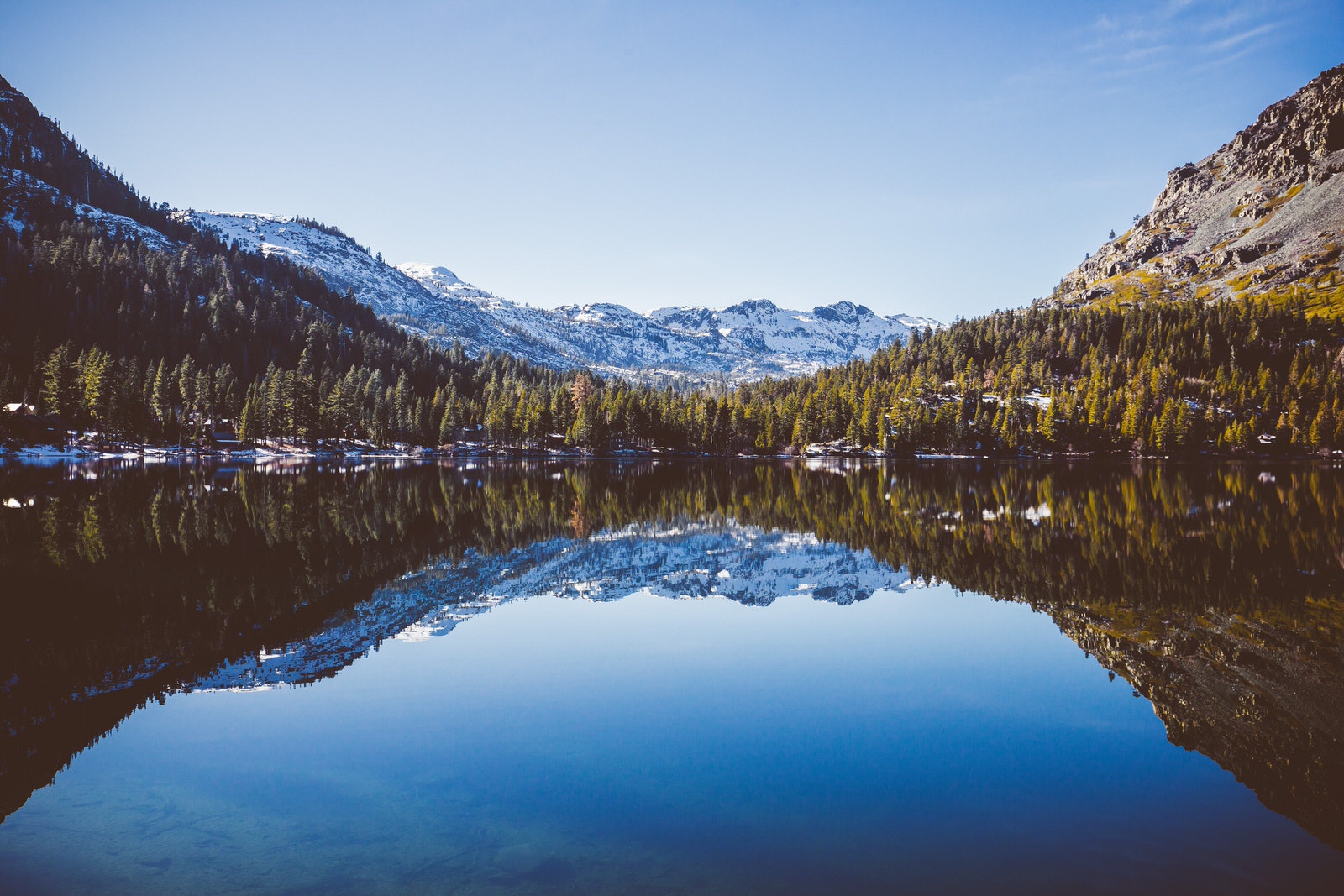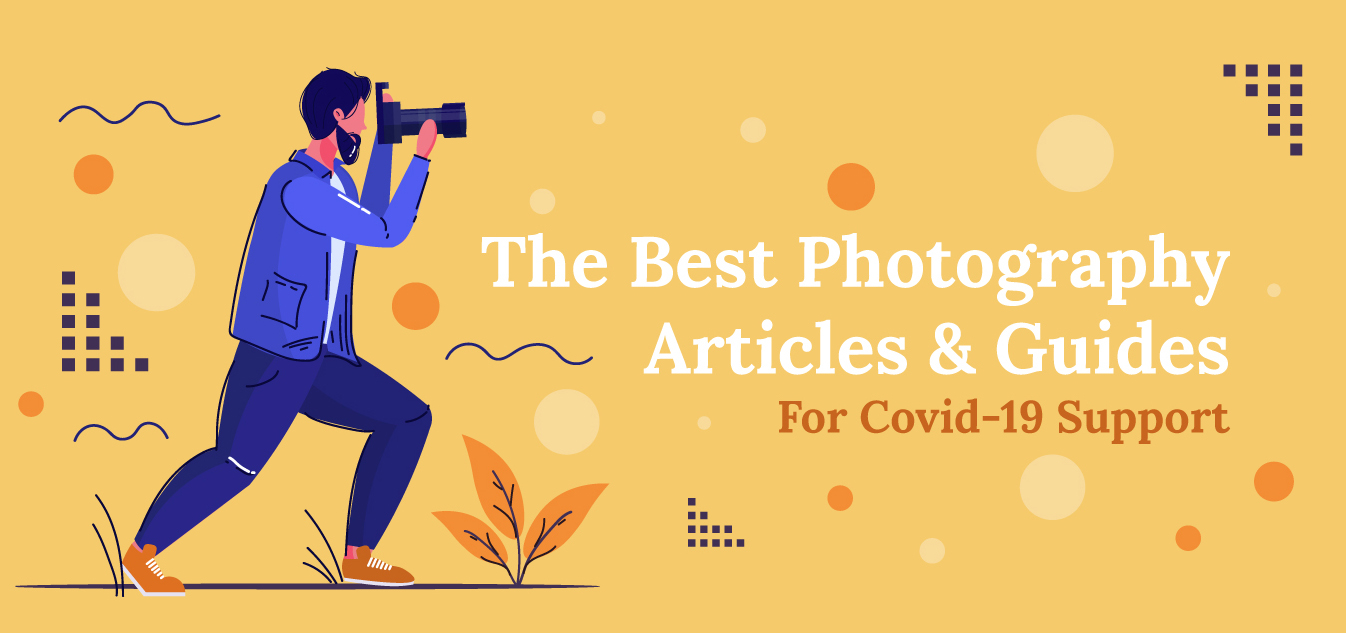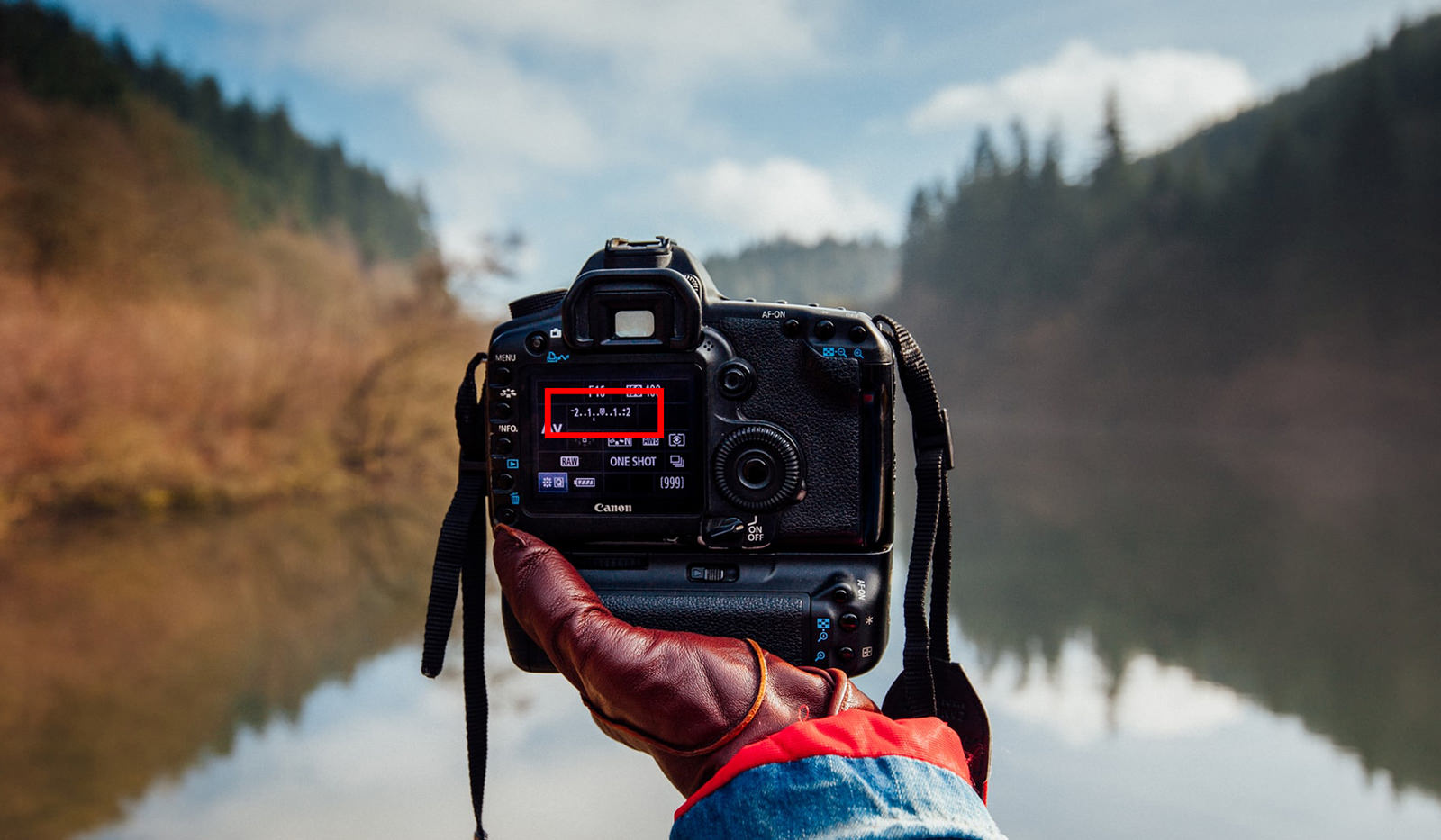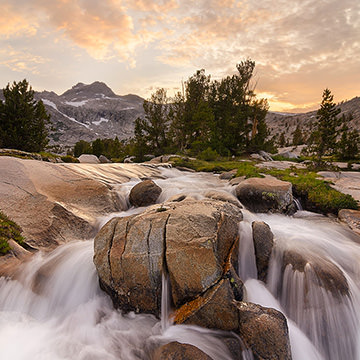
Interview With Dave Brosha
One of Canada’s most respected photographers, Dave Brosha is on a journey to seek out and capture the beauty of this world. The award-winning commercial, adventure, and personal photographer has traveled extensively through the many provinces and territories of his native country and abroad. He has been published in numerous media outlets and exhibited his work around the globe. Today, we have the pleasure of talking to Dave about life as a photographer, traveling the world, and how to market yourself.
You were able to successfully transform your passion into a career, something most people just dream of doing. What advice would you give to someone interested in pursuing photography as a full-time job?
I think if you want anything bad enough in life and are willing to make the sacrifices and put in the hard work, anything is attainable. I had this moment about seven or eight years ago where I just knew that this is what I wanted to do. At that time, I had never studied photography and could barely turn on a camera, but something inside of me knew that photography is what I wanted to spend my life doing… so I set about making it happen.
How? Soaking up everything that I could. Reading blogs and books on photography. Studying images from photographers I loved, trying to conceptualize in my mind how they created their magic. And then, most importantly, practicing and shooting as much as I possibly could – and to never think of it as a chore, but more like a slow-burning fire that needs constant feeding.
How did you get started in photography? Was it something you were always interested in?
I’ve always had an artistic side. Not in the sense of having any talent to draw, or paint, or sing (even though my family is extremely musical), but in the sense that I always had a strong appreciation for art and artistic expression. But I never knew where my artistic talent really lived until I found photography, and when I found it, I couldn’t not pursue it. I found it relatively late compared to some of the young talent I see, who can do amazing things with a camera even as teenagers. For me, I was 23 or 24 before I ever really picked up a camera – which was a Fuji Finepix 2MP camera, I remember.
The catalyst for it moving beyond that was three things: first, where I lived. I had moved to Resolute Bay, Nunavut in the Canadian Arctic back in 2002 as my wife and I explored work opportunities that didn’t exist back in our home in Nova Scotia. Being in such a pristine, unique part of the world – a place in the world that so few get to see – inspired me to start up a small personal website showing my friends and family back home images that I snapped. A couple of the images attracted the attention of magazine editors – more so due to the fact that they were struggling to find images about the Arctic and had stumbled across my website rather than the fact that they were any good.
Second, I had a moment that really set the wheels turning. Right around this time, a British photographer by the name of Martin Hartley passed through Resolute Bay for a couple of weeks photographing a polar expedition. I immediately thought (and still do) that Martin had the coolest job in the world, no pun intended, and I was incredibly inspired not only viewing his timeless images, but seeing this real, respected photographer following his heart and making it work for him. Martin has since gone on to shooting for National Geographic and was recently named one of Time Magazine’s “Environmental Heroes.” No small inspiration.
Finally, the biggest push came from my incredible wife. She knew how passionate I was, and to her credit, had complete faith in me. That was so important, and I probably wouldn’t have taken the plunge if it wasn’t for her support and her nudging.
What are your favorite aspects of the job? Which are your least favorite?
This is a job that has a lot of favorite aspects, but wow, let me think. I get to travel around the world and see sights and experience cultures that I know a lot of people will never have the opportunity to experience. I don’t take that lightly. I feel extremely fortunate. I also love the fact that every single day is different. There’s no such thing as repetition and monotony in my world. The fact that I can be creative everyday, and even (and especially) when working for clients, that means a lot. As well, the people. Meeting such a huge range of people from all backgrounds is a very cool thing. I’m a people person, and I love that aspect of my work. But I think the thing that I like most is knowing that at the end of the day, I’ve had the chance to create something (hopefully) lasting. Something that my children can look back on years from now and know that I didn’t just sit in front of the television all my life, but went out and created something.
There’s very little about this job that I don’t like but I would be lying if I didn’t say there were drawbacks. In order to succeed at it takes a lot of work, and that commitment involves some sacrifices. I can’t count how many times I’ve been at my studio past midnight. I don’t know what a normal weekend is unless I’m on vacation (I try to take many). Summers are the busiest for me so while other people are camping or heading to the beach, I’m generally shooting. But what it comes down to is that the negative aspects of this job are minor compared to what a lot of people face in their employment, so you won’t hear me complain.
As a photographer whose work involves quite a lot of traveling, where is your favorite place that you have traveled and how has it impacted your work since you visited?
Three places have had a huge impact on me: Nepal (I went to Mount Everest Base Camp in 2009), Egypt (I went twice on assignment over the past year), and my numerous trips through the remote Canadian North.
First, experiencing the culture of the Nepalese and Sherpa people in Nepal was a very spiritual thing. That trip allowed me to experience my first taste of the world of some of my icons, like Hartley, who I mentioned earlier, and the late, great Galen Rowell. Second, spending some great weeks with our Egyptian hosts really opened up my eyes to an area of the world that receives so much questionable publicity. I realized that despite what we frequently see on the news here in the West, people are people wherever you are in the world. And there are some great people in this world. Finally, the North. We have a wealth of Native and Inuit culture here in Northern Canada; having the opportunity to spend so much time documenting this culture over the past five years has had a profound effect on me. It’s allowed me a much greater deal of respect and appreciation for cultures that are not my own.
How did you manage to go from a small town in Canada to traveling the world taking photos?
Not to sound cheesy, but just by following my heart, and having complete faith in the fact that it would work (doing photography as a full-time gig, and doing it beyond the narrow confines of a small town). By visualizing where I wanted to be; and by harnessing the power of the internet. Social media sites like Facebook are a photographer’s dream: as photographers, we want to create, but ultimately we want our images to be seen. That’s the purpose and the power of an image: to make a connection with someone. Facebook has allowed my images to be seen by a much greater audience than just a local audience, and that has lead to numerous opportunities from a more national and international perspective.
Do you have any tips on marketing or the business side of things?
To not be afraid to put your stuff out there. I’ve shared new work almost every single day for the past three years, not because I have a need to spam people but because I shoot constantly (one of the most important things you can do if you want to grow your vision) and I don’t know what good all these images will do sitting in a hard drive, never seeing the light of day. But at the same time, that has to be coupled with being a strong editor. Don’t show your iffy images, or at least do so sparingly.
From a straight-up business perspective, follow the motto: Be good to people. I’ve had literally hundreds and hundreds of clients over the past five years and I have strong relationships with almost all of them. “Be good to people” means being interested in their vision. Listening to what they want. Delivering what you say you’re going to deliver. To not put your ego in the way of anything. To make amends when you screw up (it happens!).
Your portfolio includes everything from wildlife to weddings. How did you come to shoot so many different subjects and form such a varied portfolio?
The diversity of what I shoot is one of the things I’m most proud of. I used to have insecurities about shooting certain things. Like, “would my landscape buddies ever forgive me if I did a newborn session?” or “I want to be an adventure photographer, is it a bad thing I shoot weddings, then?” But I’ve gotten over this. I shoot everything and anything and approach every genre with a singular goal: how can I be the best I can be photographing any subject? How can I find the art in a subject, whatever that subject might be? This approach has really helped my work. Photographing a hugely diverse body of work opens you up to challenges and learnings across such a wide spectrum that it ultimately makes you stronger in each distinct genre.
Good time management can be pretty difficult to get down. What are some of your strategies for balancing family and work?
Dave
I work a crazy schedule, but my family is my life. I’m lucky that I live in a small place and can stop by my house between assignments during the day (it takes me five minutes to drive home). Although I can work some demanding stretches that involve a lot of client travel, I try to bring my family with me on my travels as much as possible. In the past year or so, this has meant them traveling to some pretty remarkable places (Australia, Dominican Republic, Florida) for my work, which means I can turn a work trip into a vacation at the same time. I love vacation. I take a lot of it… I’ve got to make up for giving up my Saturdays somewhere!
Many artists and photographers struggle with the pressure to constantly be creative. Where do you find inspiration?
By not limiting who and where you find your inspiration from. I can look at a landscape magazine and find inspiration, but I can also pick up a fashion magazine and be just as inspired. I find a lot of inspiration in my family, my children. Seeing the world through their eyes and expressions. I try to find beauty in everything – that goal alone leads to a lot of inspired moments.
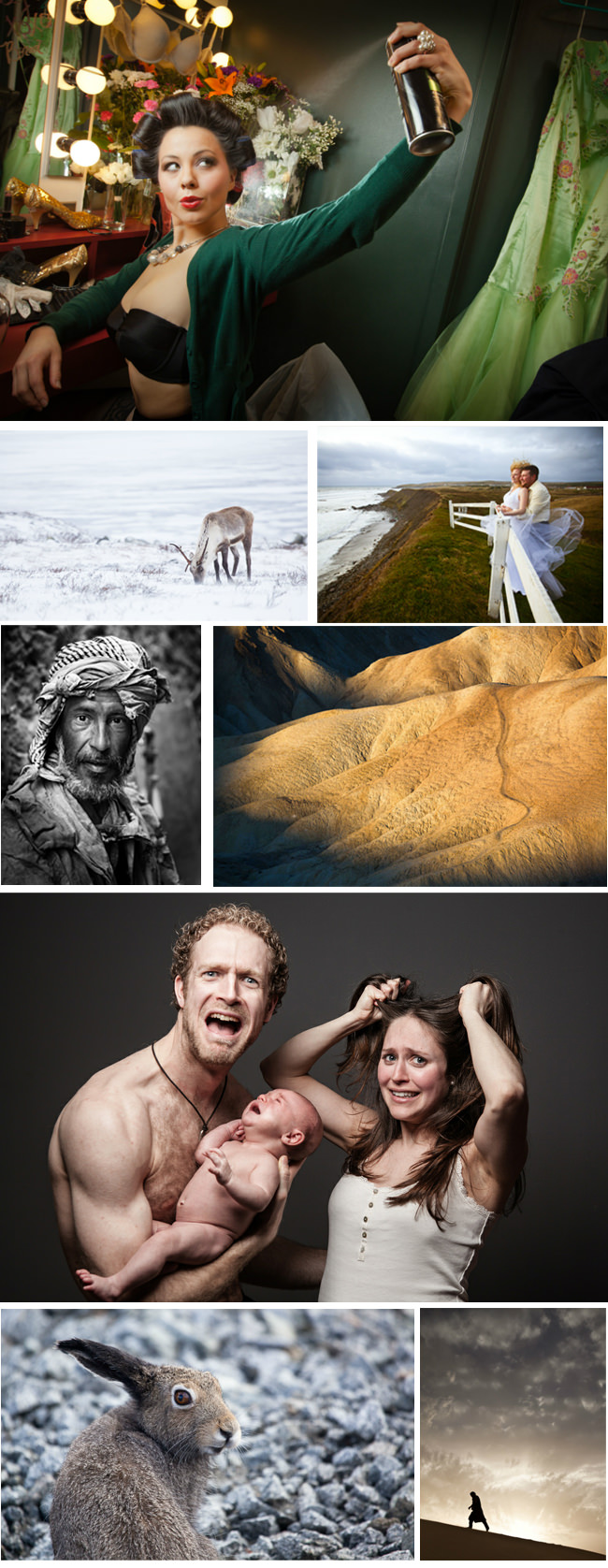
If you would like to keep up with Dave’s work and see more of his incredible photography, check out his Instagram and Facebook.
